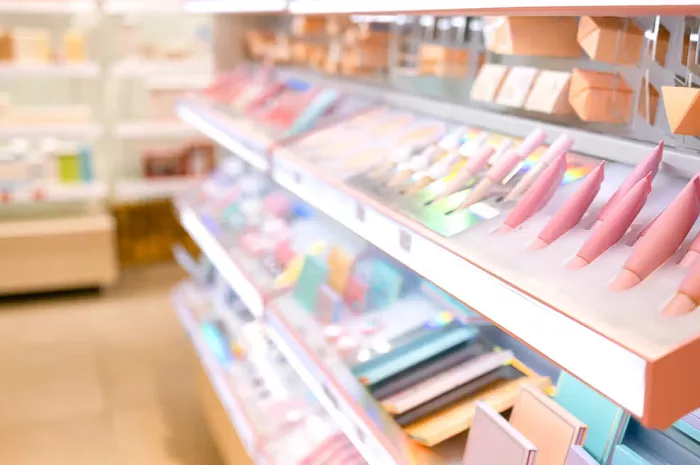In the first quarter of 2025, the U.S. beauty industry experienced a noticeable shift. For the first time in several years, mass beauty sales grew faster than prestige sales, according to data from research firm Circana.
While prestige beauty sales remained flat, mass market beauty saw a 3% increase. This growth was mainly due to price hikes, as unit sales in the mass market actually dropped by 1%. Meanwhile, prestige sales struggled in January but improved through February and March, with every prestige category seeing some sales growth during those months.
Larissa Jensen, global beauty industry advisor at Circana, noted that the industry is “continuing to stabilize” after a strong 2024. She advised beauty brands to look beyond pricing and focus on offering strong value and innovative, high-margin products to win over consumers.
Fragrance Leads Beauty Categories
Fragrance remained the top-performing category across both market segments. In the prestige market, fragrance sales rose 4%, with strong interest in minis and travel sets. In the mass market, fragrance grew by 8%.
Makeup Sees Mixed Results
Makeup, the biggest prestige category by volume, dropped 1% in sales. Face and eye makeup performed poorly overall, though stick-format products like foundation and eyeshadow saw double-digit growth. Lip products remained mostly flat, but lip liners, oils, and balms gained popularity.
Skin Care Struggles in Prestige, Grows in Mass
Prestige skin care faced the biggest drop, falling 3% in sales despite a 1% rise in unit volume. Mass market skin care, on the other hand, saw increases in both sales and volume. Within the category, facial care items like serums, exfoliators, and lip treatments declined, while body and sun care products grew.
Hair Care a Bright Spot
Hair care saw solid growth in both market tiers. Prestige hair sales were up 4%, with a standout 12% growth in styling products. Hair wellness products, such as scalp care, were especially popular. Mass market hair care also performed well.
Consumer Brands Reflect the Trends
Recent earnings reports from major beauty companies confirmed these trends. L’Oréal reported a sales decline in North America, though fragrances in its luxury division performed well. Its mass market lines, such as Garnier and lip products, saw gains, while skin care fell behind.
Unilever, which owns brands like Dove and Tresemmé, reported a 6.2% sales increase in North America. The company credited this to the premiumization of its beauty and personal care products. Meanwhile, Estée Lauder saw a 5% sales drop in North America, citing weaker consumer confidence. Coty also reported lower revenue in both its prestige and consumer beauty lines in the Americas, although U.S. fragrance sales continued to grow.
Related topics:


